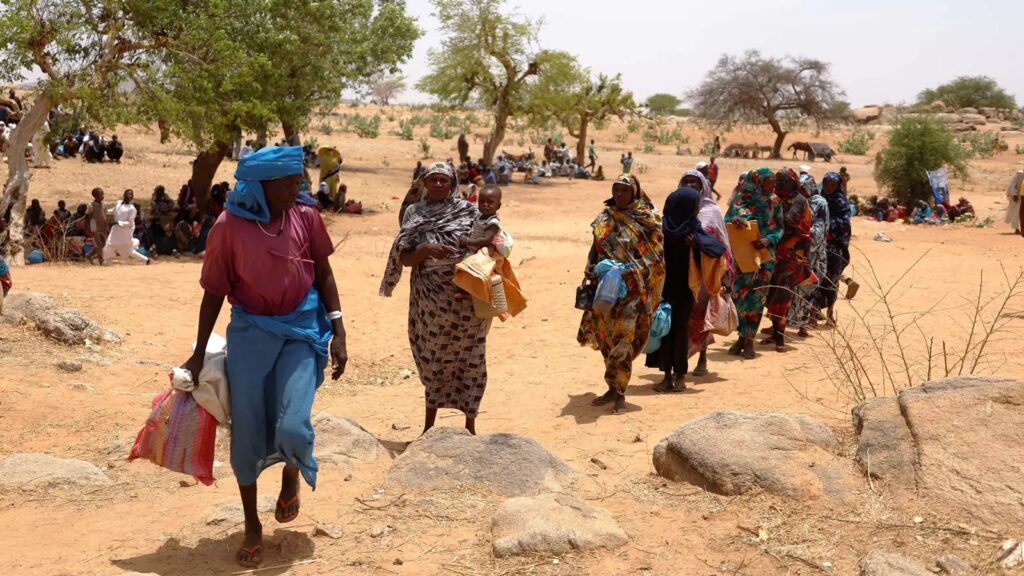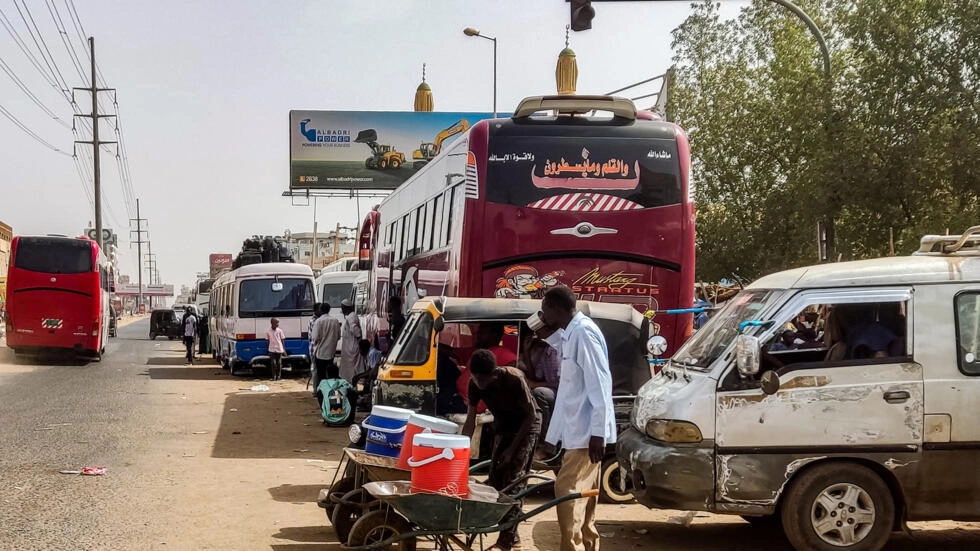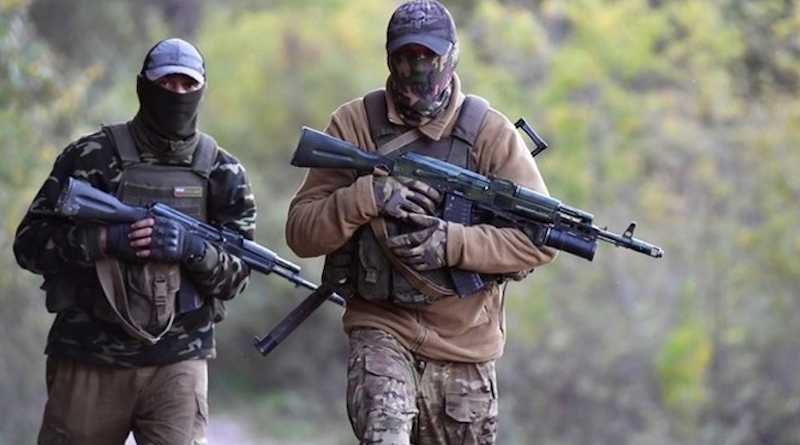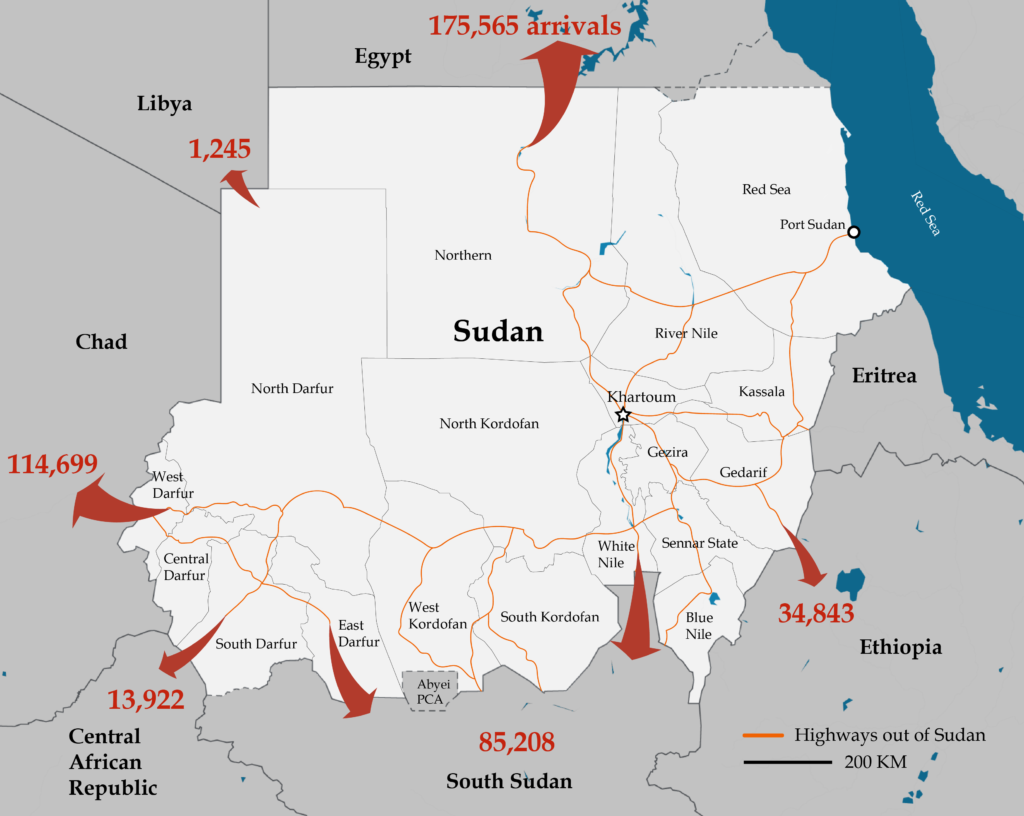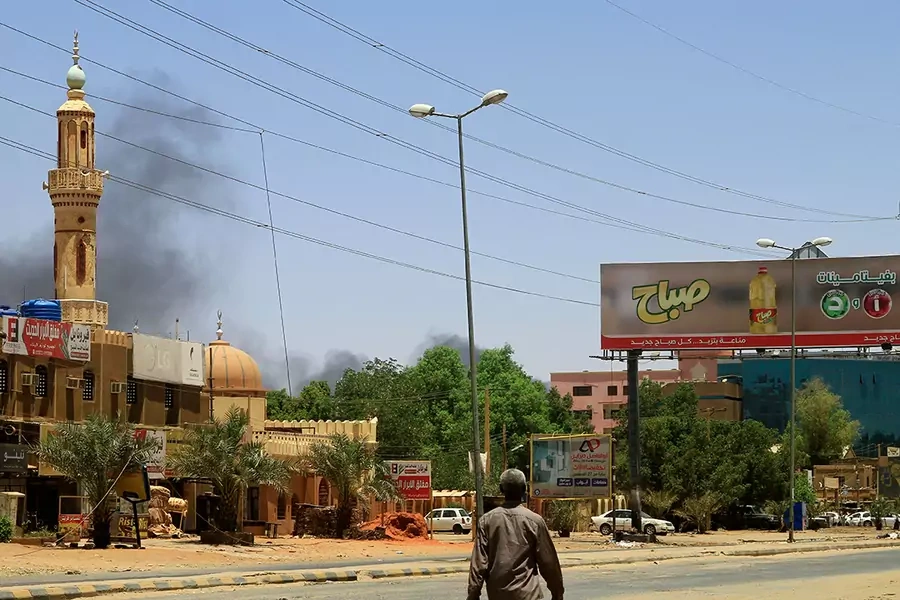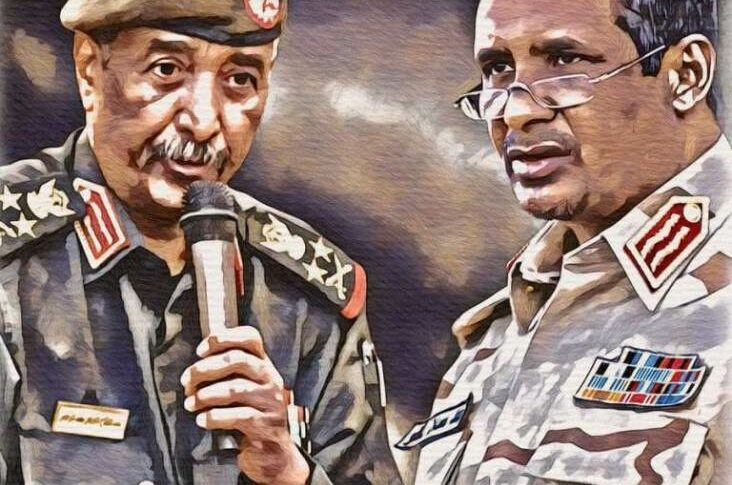Burkina Faso: nearly 40 dead in 2 jihadist attacks
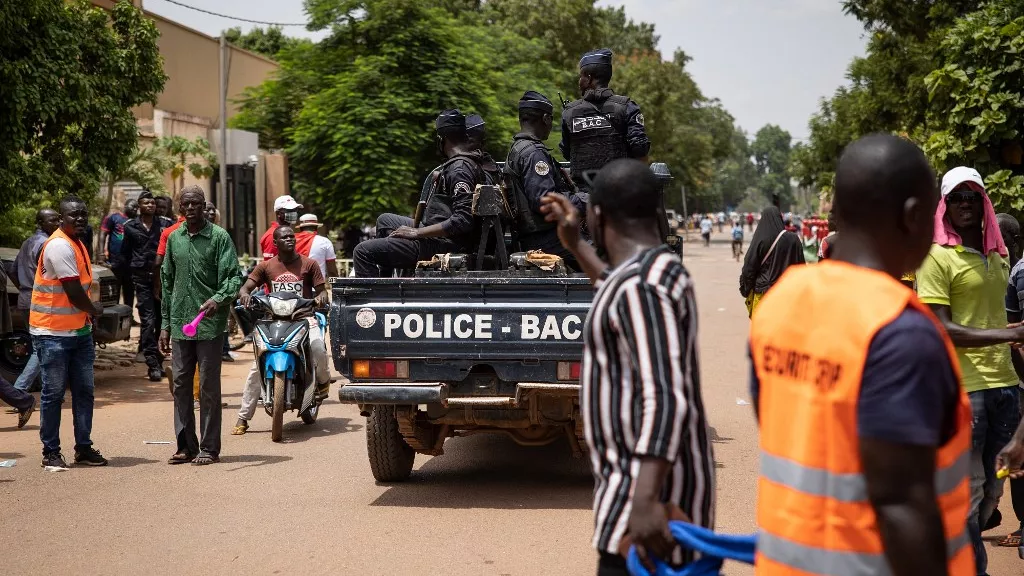
About 40 people, including army auxiliaries, were killed last weekend in western Burkina Faso, during two attacks by suspected jihadists, security and local sources told AFP on Tuesday.
On Saturday, “a secure convoy” was “the target of an attack by armed men” near Bourasso, informs a press release from the governorate of the Boucle du Mouhoun region, near Mali.

